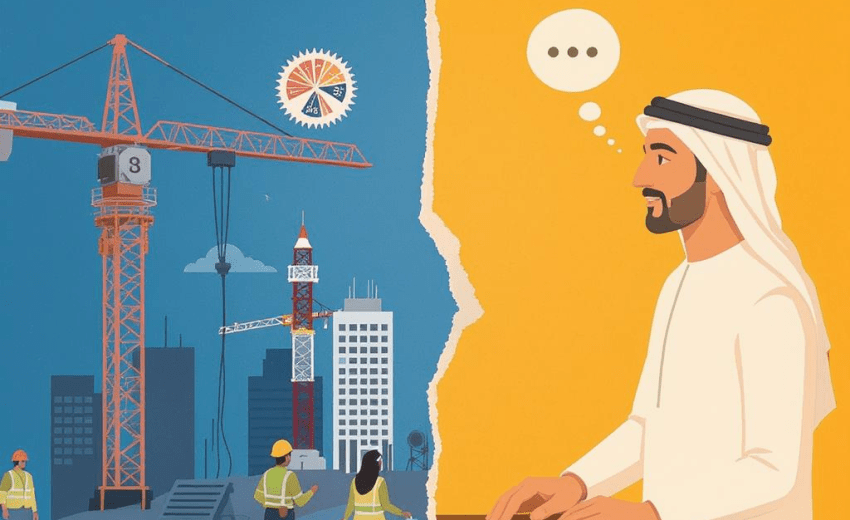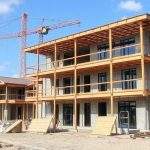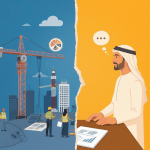
As the UAE construction industry continues to evolve with innovation, mega-projects, and sustainability goals, clients are once again confronted by an important question before embarking on a new build: Will you use Design-Build, or Traditional Contracting?
While there are ways both delivery methods may coexist in the marketplace, considering the differences is important to your overall timeline, budget, and project objectives. This blog reviews both approaches, their merits, and how they align with the construction techniques leveraged in the UAE.
What Is Traditional Contracting?
Also called Design-Bid-Build (DBB), this is the standard project delivery method. In this process:
- A client hires an architect or designer to complete the design.
- When the design is complete, it goes out to bid and a contractor is chosen.
- The contractor builds based on the finalized plans.
Advantages to Traditional Contracting:
- Clearly defined roles: Designers and contractors assume different roles, allowing for independent checks and balances.
- Defined Design before Construction: Provides the opportunity for the client to fully visualize and approve the designs prior to construction.
- Competitive Bidding: More than one contractor can bid the same design, which may help get the costs under control.
Disadvantages to Traditional Contracting:
- Longer Timelines: Design and construction are separate steps and often add length to the total duration of the project.
- Limited Collaboration: Designers and builders do not always work together in collaborative fashions, which creates opportunity for miscommunication.
- Higher risk of change orders: If any issues arise during construction, the team may have delays or extra cost attributed to the design conflict or unforeseen issue.
What Is Design-Build?
In a Design-Build (D-B) type of model, the client engages a single entity who receives a design and construction contract to provide both design and construction services. This entity could be a contractor with design ability in-house or a contractor that has partnered with an architect.
The pros of Design-Build are:
- Faster Delivery: Because design and construction overlap, the project can be delivered faster. This is an advantage for fast track in the UAE.
- One point of accountability: Since there is only one contract, the designer-builder is responsible for the entire process. The client does not have to deal with finger-pointing.
- Improved collaboration: Since the designer and builders are working together from the outset, the risk of mistakes is reduced.
- Possible cost savings: The efficient communication minimizes change orders and the ability to monitor costs better.
The cons of Design-Build are:
- Less control of the client in early stages: Since design and construction can happen in parallel, commitments may be made and final drawings may be signed without the client’s consent.
- Reduced bidding process for the client: The client may not receive separate competitive bids from several contractors which can reduce price transparency.
What Works Best in the UAE?
In a construction market driven by innovation and speed like that of the UAE, Design-Build is becoming increasingly popular-especially for:
- Commercial developments
- Government and public infrastructure
- Smart buildings and sustainable construction
- Modular and prefabricated builds
Why? Because the UAE is often looking for speed (a whole process), integration (design with construction), and accountability (ensured). Design-Build can deliver all three, as seen by several mega-projects (like Expo 2020) and ongoing developments (like logistics and smart city zones linked to NEOM) that favour integrated delivery models.
On the flip side, Traditional Contracting offers distinct value for:
- Custom luxury villas
- Cultural or high-design landmarks
- Projects where rigorous quality assurance is advised
Projects like Guggenheim Abu Dhabi or elite residential developments are better served through Traditional Contracting to ensure design integrity and oversight of providing quality.
Key Considerations When Choosing
Ask yourself:
- What is your construction schedule? If speed is essential, Design-Build may work for you.
- Do you need design flexibility or design branding? Traditional Contracting allows for more control over your design.
- How much do you wish to stay involved in the project? If you want to keep the management simple and all work is under one point of responsibility, choose Design-Build.
Conclusion:
Both Design-Build and Traditional Contracting have pros and cons and best-will depend on the detail, complexity, and intent of your project. Design-Build is trending in the UAE, as it is a more innovative and efficient method of delivery; however, Traditional Contracting will still have its place for projects with high customization and design intent.
At Charminar, we can provide our clients both methods of contracting—customized for your project’s requirements. Whether you are building an environmentally friendly community, commercial buildings, or an iconic villa, you have a proper service provided by an experienced company and its team, with no issue selecting the right option at the start.
Contact Charminar today for your free project design consultation and discover how we can help turn your vision into reality—on time and with 100% quality assurance!





